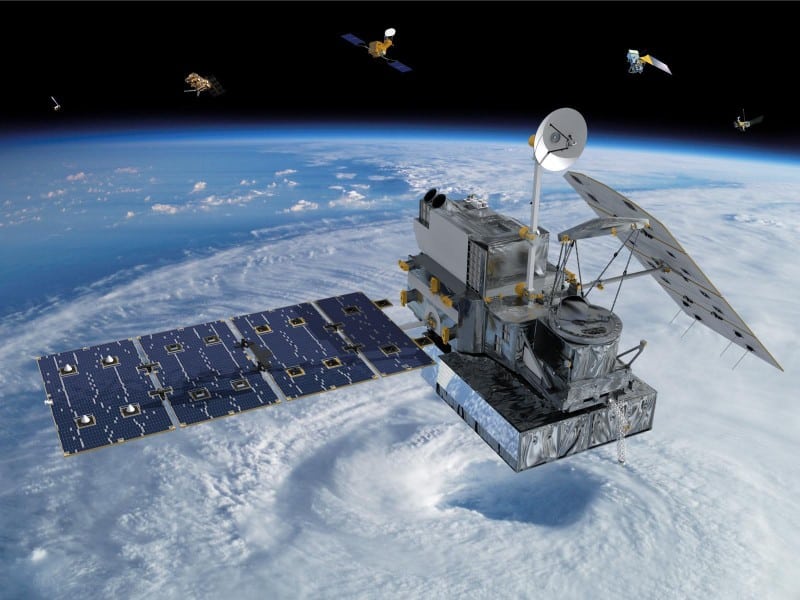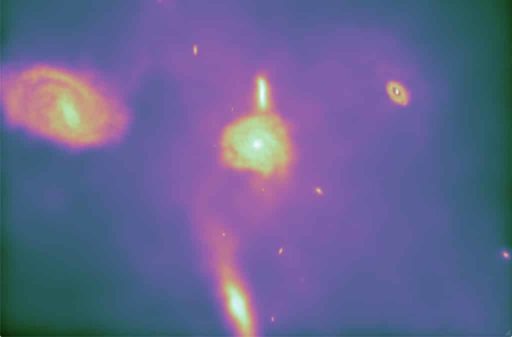Weather observation is about to get a next-generation technology, thanks to the Global Precipitation Measurement (GPM) satellite that has been in works for years. This satellite allows real-time measurement of rain and snowfall at a global scale.
The satellite’s complete name is GPM Core Observatory. It is a result of direct collaboration between NASA and Japanese Space Agency (JAXA). The satellite is due to be launched into the space on a Japanese H-IIA delivery vehicle on February 27. The launch from Earth will take place at Tanegashima Island in Japan.
The satellite will travel for a distance of 407km above Earth and then follow its path in an orbit. The orbit will be positioned at 65 degrees to the equator and will allow GPM to take rain and snowfall measurements every three hours for any place on Earth. Such omnipresent observation of our planet’s weather hasn’t been possible before.
As for the hardware packed inside the expensive GPM satellite, it includes a microwave radiometer, a dual-frequency radar and a fairly thorough sensor suite. This sensor suite enables this satellite to observe and detect falling snow and light rain, again an assessment that none of the previous weather satellites were equipped to perform.
The satellite will significantly improve our understanding of the changing weather trends on our planet, both in the short-term and in the long-term. Although the GPM satellite will be launched on Feb 27, it will take another 60 days to position itself correctly so that it could resume normal operations.
Source: NASA
Courtesy: Gizmag
[ttjad keyword=”htc-phones”]



